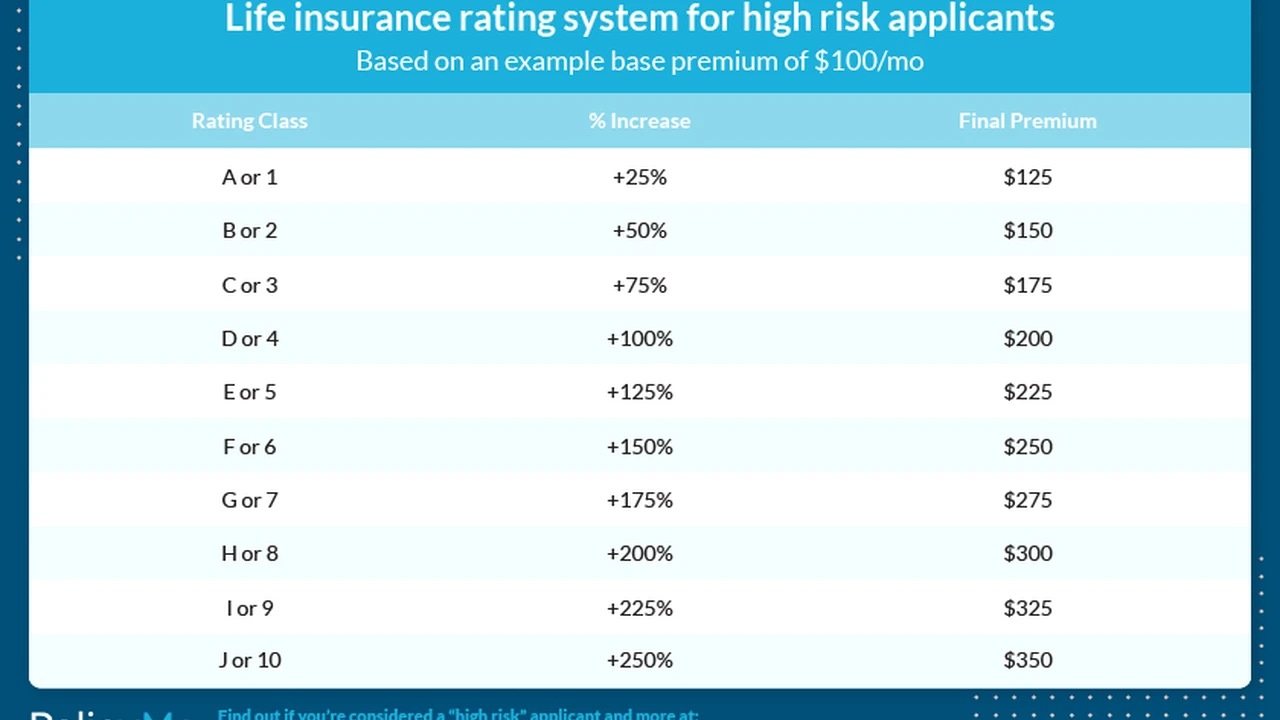7 Best Climbing Travel Insurance Options for US Climbers
Protect yourself on the rocks with the right climbing travel insurance. We compare the top 7 options for US climbers. Get covered for injuries, rescue, and equipment loss.

Understanding Climbing Travel Insurance Needs for US Climbers
So, you're planning a climbing trip? Awesome! Whether it's scaling Yosemite's granite walls or tackling a local crag, climbing is an incredible experience. But it also comes with risks. That's where climbing travel insurance comes in. It's not just about ticking a box; it's about protecting yourself financially and physically when things go wrong. This guide dives into the best options for US climbers, helping you choose the right coverage for your adventures.
Why is climbing travel insurance so important? Regular travel insurance might not cover the specific risks associated with climbing, such as high-altitude sickness, specialized rescue operations, or gear damage. Climbing insurance is designed to address these unique challenges, ensuring you're covered when you need it most.
Factors to Consider When Choosing Climbing Travel Insurance for US Residents
Before we jump into the top picks, let's look at some key factors to consider:
- Coverage Limits: How much coverage do you need for medical expenses, evacuation, and gear replacement? Consider the potential costs in your chosen destination.
- Activities Covered: Does the policy cover the specific type of climbing you'll be doing (e.g., rock climbing, mountaineering, ice climbing, bouldering)?
- Geographic Restrictions: Are there any restrictions on where you can climb? Some policies may exclude certain regions or altitudes.
- Pre-Existing Conditions: If you have pre-existing medical conditions, ensure the policy covers them. Some policies may require a medical assessment.
- Rescue Coverage: Does the policy cover helicopter rescue or other specialized rescue operations? This is crucial for remote climbing areas.
- Gear Coverage: Does the policy cover damage or loss of your climbing gear? Consider the value of your equipment when choosing a policy.
- Cost: Compare the costs of different policies and consider the deductible. A higher deductible may mean lower premiums, but you'll pay more out of pocket in the event of a claim.
Top 7 Climbing Travel Insurance Options for US Climbers A Detailed Comparison
Okay, let's get to the good stuff. Here are our top 7 picks for climbing travel insurance for US climbers, along with their key features, pros, cons, and pricing (as of October 26, 2023):
1 World Nomads Explorer Plan Best Overall Climbing Insurance
Overview: World Nomads is a popular choice for adventure travelers, offering comprehensive coverage for a wide range of activities, including climbing. Their Explorer Plan is specifically designed for high-risk activities and offers excellent medical and evacuation coverage.
Key Features:
- High medical expense coverage (up to $100,000)
- Emergency evacuation coverage (up to $500,000)
- Gear protection (up to $2,500)
- 24/7 emergency assistance
- Covers a wide range of climbing activities
Pros:
- Comprehensive coverage
- Reputable provider
- Easy to purchase online
- Flexible policy options
Cons:
- Can be more expensive than other options
- Pre-existing conditions may not be covered
Typical Use Case: A climber planning a multi-day trip to Yosemite, requiring comprehensive coverage for medical emergencies, evacuation, and gear protection.
Pricing: Approximately $150 - $300 for a 2-week trip, depending on age and destination.
2 IMG Signature Travel Insurance Best for Medical Coverage
Overview: IMG Signature Travel Insurance is known for its robust medical coverage, making it a solid choice for climbers concerned about potential injuries. It offers high limits for medical expenses and emergency evacuation.
Key Features:
- High medical expense coverage (up to $1,000,000)
- Emergency evacuation coverage (up to $1,000,000)
- Trip interruption and cancellation coverage
- 24/7 travel assistance
Pros:
- Excellent medical coverage
- Comprehensive trip protection
- Reputable provider
Cons:
- May not cover all climbing activities
- Can be expensive
Typical Use Case: A climber with a pre-existing medical condition who needs high medical coverage for a trip to a remote climbing area.
Pricing: Approximately $200 - $400 for a 2-week trip, depending on age and destination.
3 Allianz Travel Insurance OneTrip Prime Plan Best for Trip Cancellation
Overview: Allianz Travel Insurance's OneTrip Prime Plan is a good option if you're primarily concerned about trip cancellation or interruption. It offers comprehensive coverage for these events, as well as medical and evacuation coverage.
Key Features:
- Trip cancellation coverage
- Trip interruption coverage
- Medical expense coverage (up to $50,000)
- Emergency evacuation coverage (up to $500,000)
Pros:
- Excellent trip cancellation and interruption coverage
- Reputable provider
- Affordable options available
Cons:
- Medical coverage limits may be lower than other options
- May not cover all climbing activities
Typical Use Case: A climber who is concerned about potential trip cancellation due to weather or other unforeseen circumstances.
Pricing: Approximately $100 - $250 for a 2-week trip, depending on age and destination.
4 Travel Guard AIG Travel Insurance Best for Gear Protection
Overview: Travel Guard AIG Travel Insurance offers a range of plans with good gear protection coverage. If you're carrying expensive climbing equipment, this is a good option to consider.
Key Features:
- Trip cancellation coverage
- Trip interruption coverage
- Medical expense coverage
- Emergency evacuation coverage
- Baggage loss/damage coverage (including climbing gear)
Pros:
- Good gear protection coverage
- Variety of plans to choose from
- Reputable provider
Cons:
- May not cover all climbing activities
- Can be more expensive than other options
Typical Use Case: A climber travelling with expensive climbing gear, such as ropes, harnesses, and specialized equipment, who wants to ensure it's protected against loss or damage.
Pricing: Approximately $120 - $280 for a 2-week trip, depending on age and destination and level of coverage.
5 Seven Corners RoundTrip Choice Plan Best for Budget Travelers
Overview: Seven Corners RoundTrip Choice Plan offers a balance of coverage and affordability. It's a good option for budget-conscious climbers who still want decent protection.
Key Features:
- Medical expense coverage
- Emergency evacuation coverage
- Trip interruption and cancellation coverage
- 24/7 travel assistance
Pros:
- Affordable
- Decent coverage
- Easy to purchase online
Cons:
- Coverage limits may be lower than other options
- May not cover all climbing activities
Typical Use Case: A climber on a tight budget who needs basic coverage for medical emergencies and evacuation.
Pricing: Approximately $80 - $200 for a 2-week trip, depending on age and destination.
6 Global Rescue Signature Membership Best for Remote Rescue
Overview: Global Rescue is a membership-based service that specializes in emergency rescue and evacuation. While not technically insurance, it provides crucial support in remote and challenging environments. It works in conjunction with a travel insurance policy.
Key Features:
- Emergency medical evacuation from remote locations
- 24/7 medical and security advisory services
- Field rescue services
Pros:
- Specialized in remote rescue
- Highly experienced team
- Ideal for mountaineering and backcountry climbing
Cons:
- Expensive
- Does not cover medical expenses
- Requires a separate travel insurance policy
Typical Use Case: A mountaineer planning an expedition to a remote mountain range, requiring specialized rescue services in case of an emergency.
Pricing: Approximately $329 per year for individual membership.
7 Ripcord Rescue Travel Insurance Best for Comprehensive Rescue and Evacuation
Overview: Ripcord Rescue Travel Insurance is another membership-based service focused on rescue and evacuation, similar to Global Rescue. It offers comprehensive coverage for a wide range of activities, including climbing.
Key Features:
- Emergency medical evacuation
- Security evacuation
- 24/7 travel assistance
Pros:
- Comprehensive rescue and evacuation coverage
- Experienced team
- Good for international climbing trips
Cons:
- Expensive
- Does not cover medical expenses
- Requires a separate travel insurance policy
Typical Use Case: A climber planning an international climbing trip to a region with political instability, requiring both medical and security evacuation coverage.
Pricing: Approximately $299 per year for individual membership.
Comparing Climbing Insurance Policies Side by Side
To make your decision easier, here's a quick comparison table:
| Insurance Provider | Medical Coverage | Evacuation Coverage | Gear Protection | Trip Cancellation | Price (2-week trip) |
|---|---|---|---|---|---|
| World Nomads Explorer | High | High | Medium | Yes | $150 - $300 |
| IMG Signature Travel | Very High | Very High | No | Yes | $200 - $400 |
| Allianz OneTrip Prime | Medium | High | No | Very High | $100 - $250 |
| Travel Guard AIG | Medium | Medium | High | Yes | $120 - $280 |
| Seven Corners RoundTrip | Medium | Medium | No | Yes | $80 - $200 |
| Global Rescue | No (Membership) | Very High (Rescue) | No | No | $329/year |
| Ripcord Rescue | No (Membership) | Very High (Rescue) | No | No | $299/year |
Understanding the Costs of Climbing Travel Insurance for US Citizens
The cost of climbing travel insurance varies depending on several factors, including your age, destination, the length of your trip, and the level of coverage you choose. Generally, you can expect to pay anywhere from $80 to $400 for a two-week trip. Remember to compare quotes from different providers to find the best deal.
Additional Tips for Choosing the Right Climbing Insurance Policy
Here are a few extra tips to help you make the right choice:
- Read the fine print: Always read the policy wording carefully to understand the coverage and exclusions.
- Consider your climbing style: Choose a policy that covers the specific type of climbing you'll be doing.
- Think about your destination: Some destinations are riskier than others and may require higher coverage limits.
- Don't skimp on coverage: It's better to have too much coverage than not enough.
- Check customer reviews: Read reviews from other climbers to get an idea of the provider's customer service and claims process.
Real-World Examples of Climbing Insurance in Action
To illustrate the importance of climbing travel insurance, here are a few real-world examples:
- Example 1: A climber falls and breaks their leg in a remote climbing area. Their insurance policy covers the cost of helicopter rescue and medical treatment, saving them tens of thousands of dollars.
- Example 2: A climber's gear is stolen from their car while they're climbing. Their insurance policy covers the cost of replacing their gear, allowing them to continue their trip.
- Example 3: A climber has to cancel their trip due to illness. Their insurance policy covers the non-refundable expenses, such as flights and accommodation.
These examples highlight the potential financial risks of climbing and the importance of having adequate insurance coverage.
Final Thoughts on Selecting Climbing Travel Insurance
Choosing the right climbing travel insurance is a crucial step in planning your adventure. By considering the factors outlined in this guide and comparing the top options, you can find a policy that provides the coverage you need for a safe and enjoyable climbing trip. Remember to prioritize your safety and protect yourself from potential financial risks.
:max_bytes(150000):strip_icc()/277019-baked-pork-chops-with-cream-of-mushroom-soup-DDMFS-beauty-4x3-BG-7505-5762b731cf30447d9cbbbbbf387beafa.jpg)






